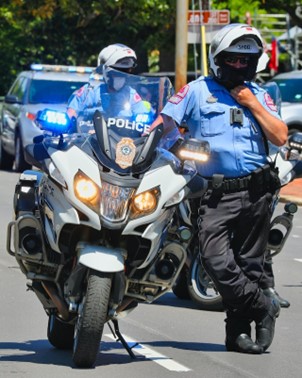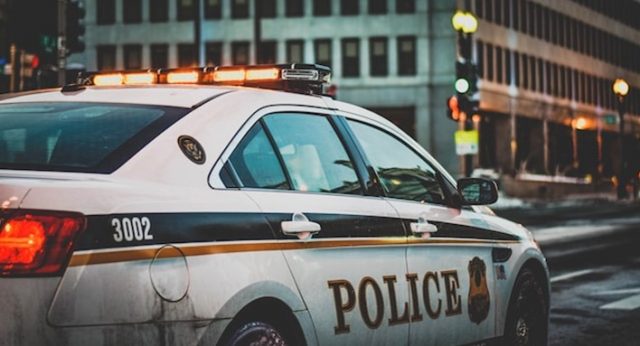Michael Troelstrup has taught a variety of classes at his local police academy on crucial subjects, including sexual harassment, internal investigations, and distinguishing between criminal and administrative investigations. In the following article, Michael Troelstrup discusses industry trends in policing, such as innovations in safety, technology, and a focus on officer’s mental health.
Every May during Police Week, law enforcement officials testify on Capitol Hill about the latest challenges they face every day.
The statements vary slightly from year to year, but there are some common themes. Law enforcement officers usually discuss rising crime rates, policies viewed as soft on crime, restrictions on community policing, and specific issues such as human trafficking and drug use.
And every year, law enforcement across America tries new approaches to policing. New technology and the changing needs of the communities they serve lead to new policies and techniques – some work, while other ideas go back to the drawing board.
Michael Troelstrup on Precision Policing
It’s been a buzzword surrounding law enforcement for years, but precision policing continues to show promise as a model for modern strategies in the field.
Michael Troelstrup says that precision policing’s overarching strategy is focusing more on responding to smaller criminal populations instead of centering efforts on catching long-term offenders by subjecting large city populations to regular police sweeps.
There are four central tenets of precision policing: focusing on preventing disorder and solving crimes based on evidence; protecting the community and engaging with it effectively; prioritizing law enforcement members’ wellness, safety and maintaining good performance; and increasing the level of transparency and accountability of police departments and officers.
Michael Troelstrup explains that such precision policing relies on strategies that are driven by modern technology, including using real-time intelligence and instant access to videos and pictures of crime scenes and suspects. Other types of technologies, including the gunfire location service ShotSpotter, are used to significantly cut down on time spent on gathering evidence to make rapid arrests that get criminals off the street as soon as possible.
Other technologies becoming increasingly popular in law enforcement include facial recognition technology to identify witnesses and suspects, as well as using data analytics to pinpoint criminal activity trends and patterns.
Cloud Computing
Cloud computing is found everywhere in 2023, from large corporations seeking to streamline communication to families sharing a home computer. Law enforcement has used cloud computing in various forms for years but spending on the technology in 2023 is expected to hit $600 billion.
Michael Troelstrup says that law enforcement has noted how cloud computing has helped with complying with various federal policies, fighting advanced cyber-attacks, updating essential software, and providing backup recovery all while lowering overall costs of operations.
Drone Power
Like cloud computing, drone technology has been around for years, and some law enforcement agencies have integrated drone programs into their everyday work. While the adoption of such programs has been slow, 2023 is seeing an acceleration in law enforcement using drones, especially in so-called “drone as a first responder” (DFR) programs.
Such programs have been valuable ways to give large-scale views of ongoing emergency incidences as well as the ability to closely monitor crime situations before officers arrive. DFR programs also help accelerate 911 responses to crime incidences even more rapidly.
 Body Cameras
Body Cameras
Michael Troelstrup explains that though once rare, body cameras are now commonly used by law enforcement across the country. More than 60% of agencies used the technology in 2020 and by the end of 2023, that number is estimated to rise to 80%.
In addition to the practice benefit of documenting law enforcement stops and investigations, as well as offering much-needed video evidence of potential crimes, body cameras are seen as a needed step to grow trust between communities and the law enforcement agencies that protect them. They also lead to improved training of police officers and refinement of overall agency policies.
Focus on Mental Health
Michael Troelstrup notes that law enforcement has long coped with perpetually high turnover rates and significant challenges in recruiting new officers. Agencies are now more than ever prioritizing the overall well-being of their employees, especially officers and their families.
In addition to high burnout rates, the suicide rates of law enforcement professionals continue to be high. In 2021, about a quarter of law enforcement deaths were suicides, the second-highest cause of death that year within law enforcement agencies.
Michael Troelstrup explains that now, more programs and support access are made available to law enforcement staff, several of which are rooted in cognitive behavioral therapy techniques designed to instill effective coping mechanisms, stress reduction, and more resiliency in the face of daily traumas.








